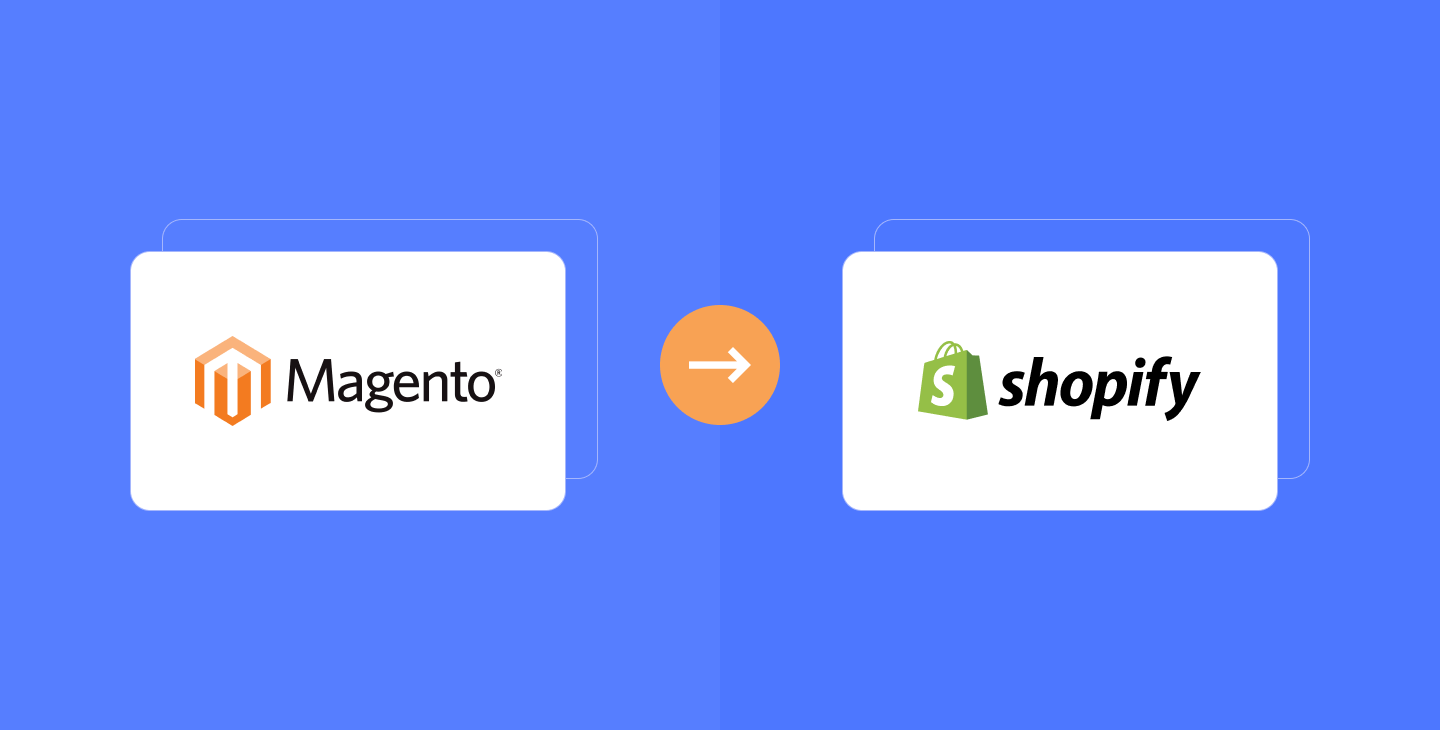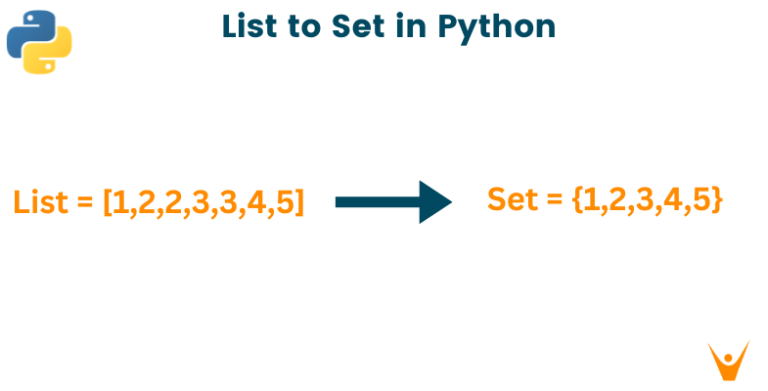How to Migrate Magento to Shopify in 2024: The Ultimate Guide
Are you thinking of switching your ecommerce platform from Magento to Shopify in 2024? If so, you are not alone. Many online merchants are looking for a more user-friendly, cost-effective, and reliable solution for their online stores. Shopify is one of the leading ecommerce platforms in the market, offering a host of features, integrations, and support to help you grow your business. But how do you migrate your store from Magento to Shopify without losing any data, functionality, or customers? In this article, we will show you how to do it in a few simple steps, using the best tools and practices. By the end of this article, you will have a clear idea of how to migrate Magento to Shopify in 2024, and what benefits you can expect from the migration.
Why Migrate from Magento to Shopify?
Magento and Shopify are two well-known platforms for online stores. They each have their own pros and cons. Magento lets you control and customize your store completely because it’s open-source. However, using Magento needs technical know-how and takes more effort to manage. On the other hand, Shopify is a hosted platform, meaning it takes care of everything for you in the cloud. But it may have some restrictions and expenses. Here are some of the main reasons why you might want to migrate from Magento to Shopify in 2024:
- Save time and money on hosting, security, and updates
- Enjoy a more user-friendly and intuitive interface
- Access a wider range of features, integrations, and apps
- Benefit from a better performance, scalability, and support
What Data Can You Migrate from Magento to Shopify?
Before you start your migration, you need to know what data you can transfer from Magento to Shopify, and what data you need to recreate or adjust. Here are some of the data types that you can migrate from Magento to Shopify:
- Products: You can migrate your product names, descriptions, images, prices, variants, options, categories, tags, and inventory.
- Customers: You can migrate your customer names, emails, addresses, and phone numbers.
- Orders: You can migrate your order dates, statuses, products, prices, quantities, discounts, taxes, shipping, and billing information.
- Coupons: You can migrate your coupon codes, amounts, types, and expiration dates.
- Reviews: You can migrate your customer ratings, names, dates, titles, and comments.
What Data Can You Not Migrate from Magento to Shopify?
There are some data types that you cannot migrate directly from Magento to Shopify, either because they are not supported by Shopify, or because they require a different format or structure. Here are some of the data types that you cannot migrate from Magento to Shopify:
- Product collections: You need to recreate your product collections in Shopify, using the product tags that you migrated from Magento.
- Blogs and pages: You need to recreate your blogs and pages in Shopify, using the content editor or the theme code editor.
- Customer passwords: You need to ask your customers to reset their passwords in Shopify, using the email notification feature or a third-party app.
- Discounts: You need to recreate your discounts in Shopify, using the discount code feature or a third-party app.
How to Transfer Magento to Shopify in 2024?
Now that you know what data you can and cannot migrate from Magento to Shopify, you are ready to start your migration process. There are several ways to migrate your data from Magento to Shopify, depending on your budget, time, and technical skills. You can use one of the following methods:
- Shopify Import Store app: A free app that allows you to transfer up to 10,000 products, customers, and orders from Magento to Shopify. This app is ideal for small to medium-sized stores with simple data structures.
- CSV files: A manual method that requires you to export your data from Magento and import it to Shopify using CSV files. This method is suitable for stores with larger or more complex data structures, or those who want more control over the migration process.
- Professional service: A paid service that involves hiring a Shopify expert, a developer, or an agency to migrate your data, store settings, and design elements from Magento to Shopify. This service is recommended for stores with very large or very complex data structures, or those who want a hassle-free migration.
Here are the steps to migrate your data from Magento to Shopify using each method:
Shopify Import Store app
- Step 1: Install the Shopify Import Store app from the Shopify App Store. You will need to create a Shopify account and store if you haven’t done so already.
- Step 2: Connect your Magento store to the app by entering your Magento database credentials. You can find your credentials in your Magento admin panel, under System > Configuration > Advanced > System > Backup and Rollback.
- Step 3: Select the data types that you want to migrate from Magento to Shopify, such as products, customers, and orders. You can also choose to migrate your product categories, images, and tags.
- Step 4: Start the migration process by clicking the Import button. The app will automatically copy your data from Magento to Shopify. You can monitor the progress of the migration on the app dashboard.
- Step 5: Check your Shopify store and make sure that your data is imported correctly. You may also need to do some post-migration adjustments, such as reorganizing your product collections, updating your product options, or enabling your product reviews.
CSV files
- Step 1: Export your data from Magento to CSV files. You can use the Magento Dataflow Profiles tool to export your products, customers, and categories. You can find the tool in your Magento admin panel, under System > Import/Export > Dataflow – Profiles. You may also need to export your orders, coupons, and reviews separately, using third-party extensions or tools.
- Step 2: Prepare your CSV files for import to Shopify. You may need to edit or format your CSV files to match the Shopify CSV format. You can use a spreadsheet program, such as Excel or Google Sheets, to edit your CSV files. You can also use a CSV validator tool, such as CSV Lint, to check your CSV files for errors or inconsistencies.
- Step 3: Import your CSV files to Shopify using the import tools in your Shopify admin panel. You can find the tools under Products > All Products > Import, Customers > All Customers > Import, and Discounts > All Discounts > Import. You may also need to import your orders, coupons, and reviews using third-party apps, such as EZ Importer, Orderimp, or Stamped.io.
- Step 4: Check your Shopify store and make sure that your data is imported correctly. You may also need to do some post-migration adjustments, such as reorganizing your product collections, updating your product options, or enabling your product reviews.
Professional service
- Step 1: Find a professional service provider that can help you migrate your data from Magento to Shopify. You can use the Shopify Experts Marketplace, the Shopify Partner Directory, or other online platforms, such as Upwork or Fiverr, to find a qualified and experienced Shopify expert, developer, or agency.
- Step 2: Contact the service provider and discuss your migration requirements, expectations, and budget. You may need to provide them with access to your Magento and Shopify stores, as well as your data backup files. You may also need to sign a contract or an agreement with the service provider, outlining the scope, timeline, and terms of the migration project.
- Step 3: Let the service provider handle the migration process for you. The service provider will use their own tools and methods to transfer your data, store settings, and design elements from Magento to Shopify. They will also test and verify the migration results, and fix any issues or errors that may occur.
- Step 4: Check your Shopify store and make sure that your data is migrated correctly. You may also need to do some post-migration adjustments, such as reorganizing your product collections, updating your product options, or enabling your product reviews.
Conclusion
We hope this article has helped you understand how to migrate from Magento to Shopify in 2024, and what benefits you can expect from the migration. If you need any help with your migration, or if you are looking for a web development service, you can contact ONextDigital. We are a professional ecommerce agency that specializes in Magento and Shopify development, design, and optimization. We can help you create a stunning, fast, and secure ecommerce store that meets your business goals and exceeds your expectations. Contact us today to get more information.







